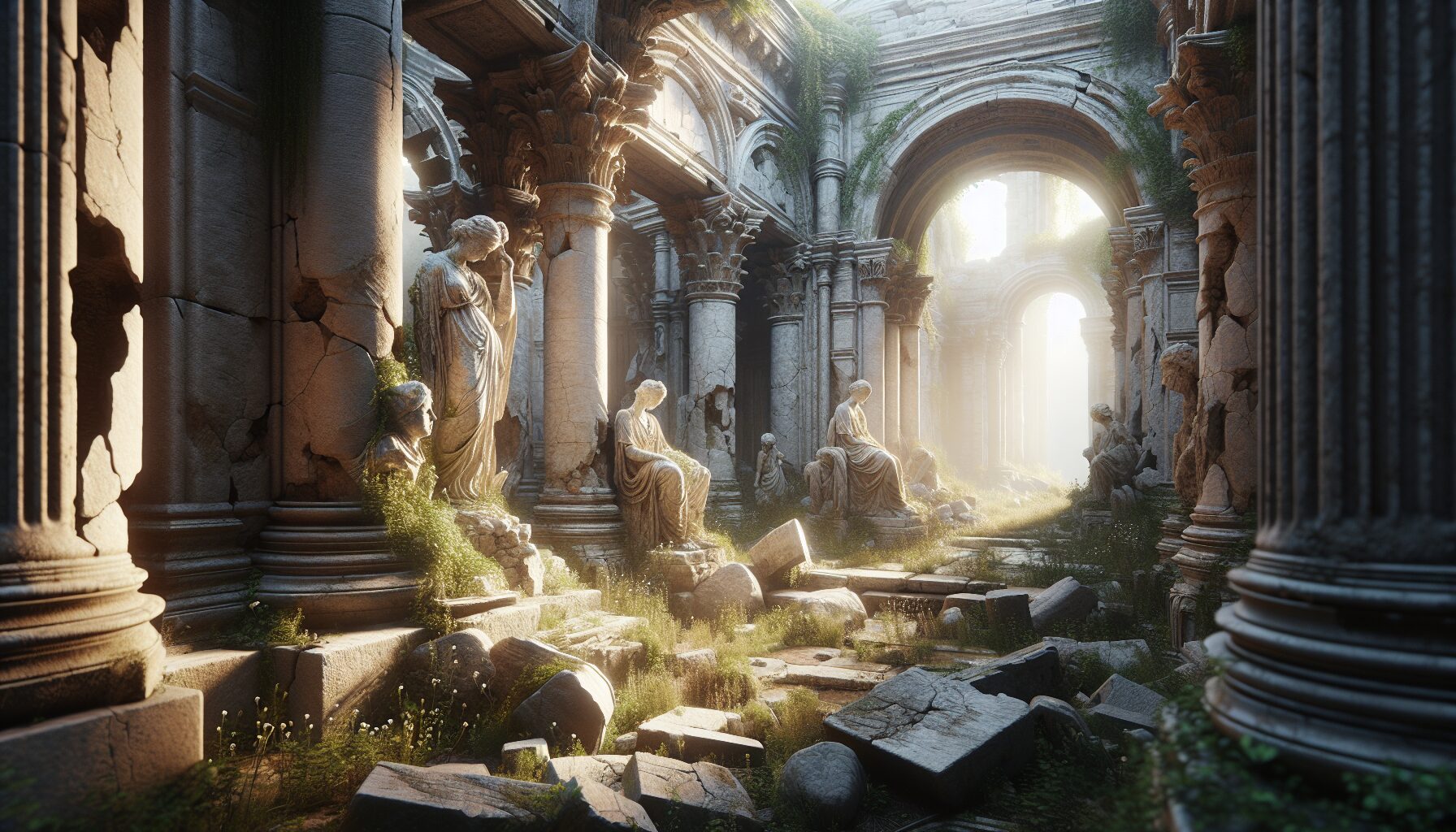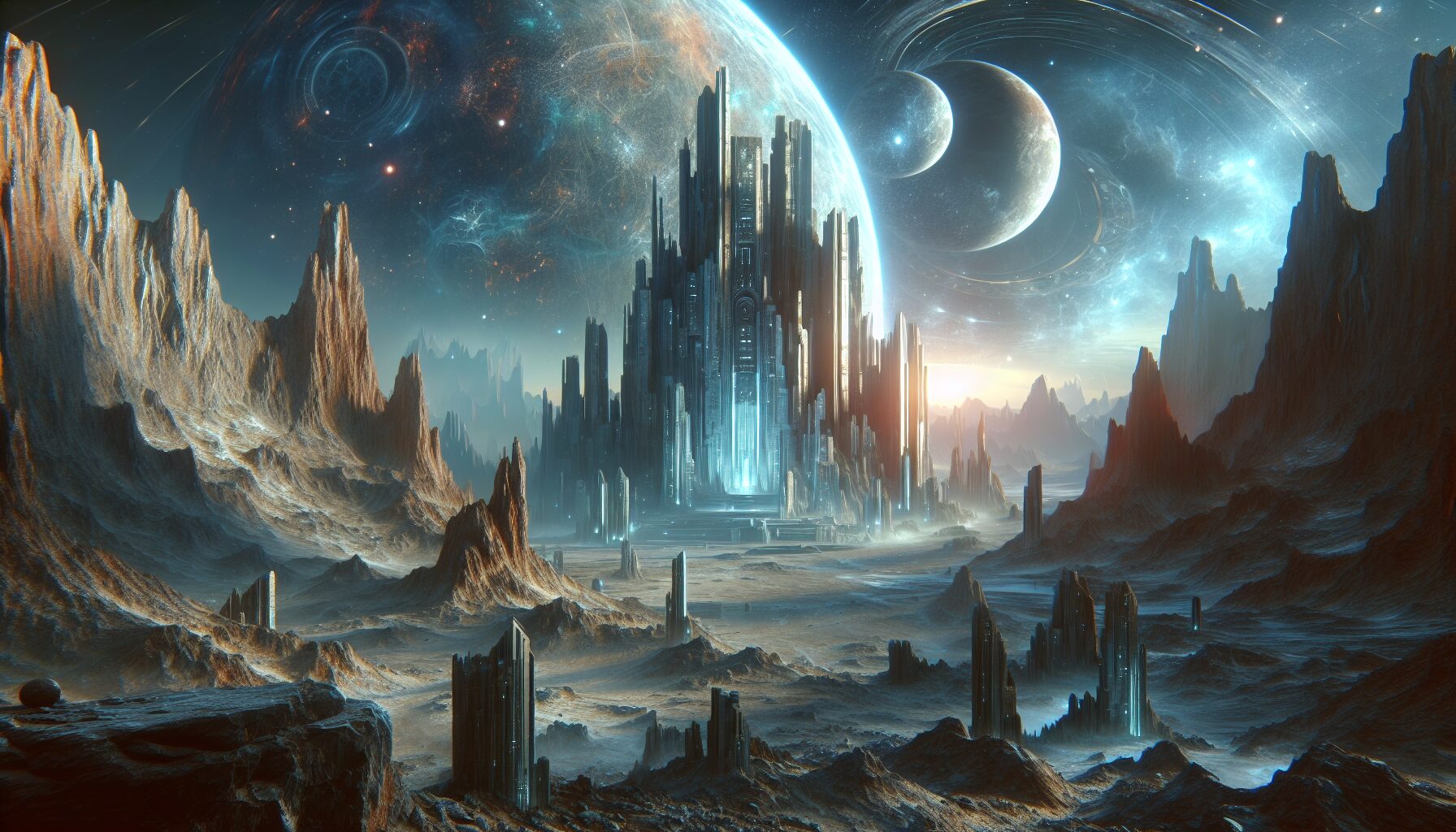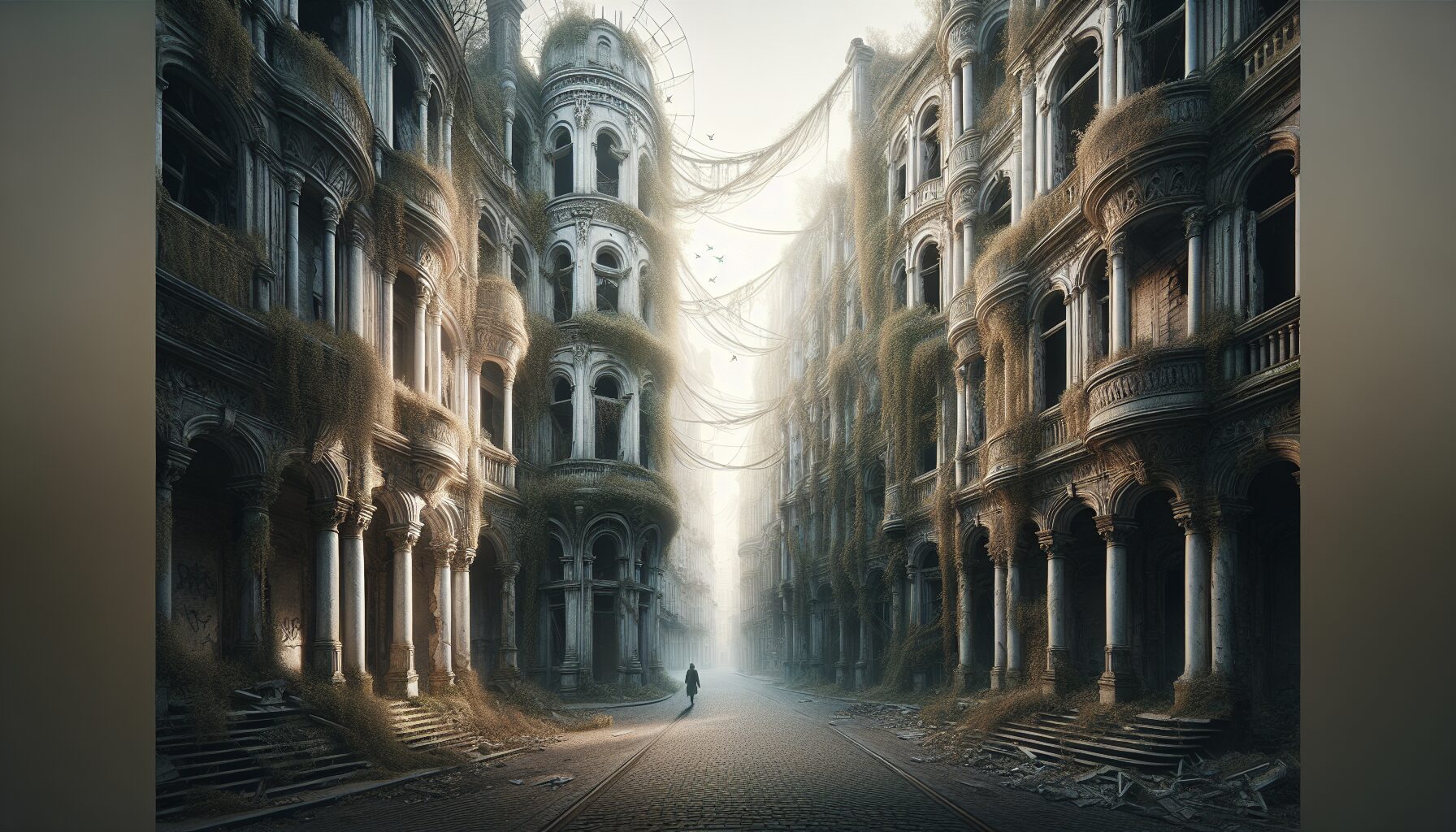Ruins have fascinated humanity across the ages, acting as poignant reminders of past civilizations, lost grandeur, and the relentless passage of time. The remnants of ancient structures, from crumbling cathedrals to deserted castles, evoke a complex mixture of emotions and thoughts. These stones, once a testimony to human ambition and ingenuity, now whisper stories of decline, showcasing the beauty inherent in the silent dance of decay.
The Allure of Ruins
To understand why ruins captivate us, one must delve into their aesthetic appeal. As philosopher and author Christopher Woodward explores in his book “In Ruins”, ruins do not merely represent the past; they allow us to dream. He writes, “Perhaps it is for their dreams that ruins are beloved: the dream of survival; the dream of destruction.” Ruins invite us to reconstruct history with our imagination, filling the gaps with possibilities while contemplating impermanence.
The Dance of Nature and Time
Over time, nature reclaims man-made structures, intertwining vines with stone and weaving roots through ancient brickwork. This interplay between human endeavor and nature’s reclaiming forces adds another layer of beauty to ruins. The renowned landscape architect John Ruskin noted the harmony between these elements, stating that, “There is no death where the fragrance of blossoms is about, and forms as sculptured stone, grown green with moss, are witnesses of all that is most beautiful.” The juxtaposition of fragile vines with steadfast stones highlights the resilience of both natural and architectural worlds.
Romanticism and the Picturesque
“Ruins are often the picturesque survival of events that were once the foreground of history.” — Woodward
The Romantic movement of the late 18th and early 19th centuries celebrated the picturesque qualities of ruins. Artists and poets found inspiration in the melancholy beauty of decay, romanticizing ruins as symbols of the sublime and eternal struggle between civilization and nature. Paintings of Gothic abbeys or descriptions in poems conveyed a sense of awe and nostalgia. Renowned British poet Lord Byron captured this sentiment in his work when he mused over the “desolation of a mighty land,” reflecting on how ruins epitomized both beauty and tragedy.
Ruins in Modern Culture
In contemporary culture, ruins continue to invoke fascination and inspiration. As Paul Zucker explains in his book “Ruins: An Aesthetic Category”, the appeal lies in their ability to evoke feelings of timelessness and mystery. Cinematic portrayals often use ruins as backdrops to convey decay or loss, yet simultaneously serve as stages for renewal and rebirth.
- Photography: Urban explorers frequently seek out abandoned sites, capturing the haunting beauty through their lenses. Instagram and social media bristle with images of dilapidated buildings, showcasing an art form that thrives in dereliction.
- Literature: Writers explore themes of decay and resurgence within ruined landscapes, finding parallels in human experiences of growth and loss.
- Video Games: The settings of various video games, from apocalyptic worlds to ancient fallen cities, draw players into narrative environments where the past is alive and interactive.
The Philosophy and Reflection Ruins Offer
Beyond mere physicality, ruins invite philosophical reflection. They challenge the notion of progress, prompting us to consider the impermanence of human endeavors. Georg Simmel, a German sociologist, observed in his essay “The Ruin”, that ruins symbolize a fusion of the forces of destruction and the gratitude of survival. They temper pride by reminding us of inevitable decline, yet they also assure continuity, their incomplete gestures left open to new meanings.
The Future of Ruins: Preservation vs. Rebirth
Contemporary discourse around ruins often centers on preservation versus abandonment. Some argue for the preservation of ruins as cultural heritage, their stories crucial to understanding humanity’s shared past. Others suggest allowing nature to take its course, viewing new growth as a form of rebirth. The debate raises ethical and philosophical questions about how we relate to the past and envision the future.
Architect Juhani Pallasmaa suggests in his writings that when old walls crumble, they yield “an expanding sense of freedom and imagination.” His perspective advocates for a balance, where certain ruins serve as educational and aesthetic markers, while others are allowed to erode, contributing to the ecological tapestry.
Conclusion
Ruins possess an undeniable allure, offering a profound sense of beauty that transcends their material decay. They are timeless witnesses, standing between the past and the future, silent yet eloquent. As we ponder their tales, we confront our fragility and resilience, finding ourselves among the stones’ stories. Thus, the beauty of ruins does not merely lie in their death but in their testament to enduring ideas and enduring dreams.


